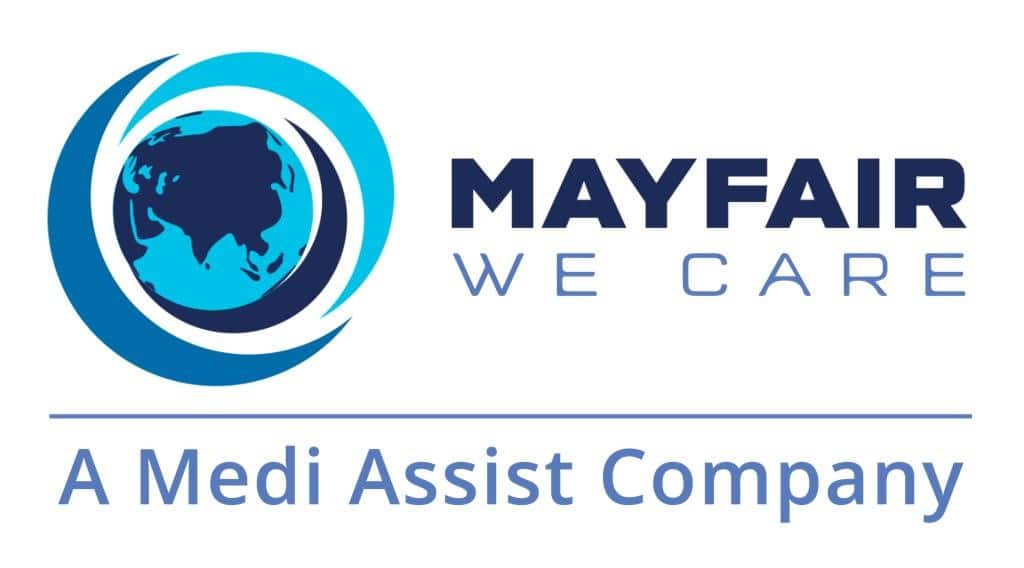What is cryotherapy?
Cryosurgery or cryotherapy is currently widely used for the treatment of many skin lesions. It is a simple and effective treatment, and produces good cosmetic results.
This procedure employs liquid nitrogen to freeze and destroy diseased tissue. Freezing times vary but are usually between 5 to 30 seconds depending on the nature of your lesion. There is usually no need for local anaesthesia unless your lesion is large or requires a longer freeze time.
The following are some conditions that can be effectively treated by cryosurgery:
- Solar (actinic) keratoses
- Seborrhoeic keratoses
- Warts
- Lentigines
- Milia
- Skin tags
- Benign fleshy moles
- Haemangioma
- Pyogenic granuloma
Advice following cryotherapy
Although this is a simple and quick procedure, there are some common side effects, which may occur following cryosurgery. These include:
- Pain: You may feel a burning sensation during freezing and this may continue for a short time afterwards, but usually settles within a few minutes. This pain should usually completely settle within 24 hours. Headache may occur, especially with cryosurgery to the forehead or scalp. If you get pain later, aspirin or paracetamol can readily relieve it.
- Swelling and Redness: After surgery, the treated area may swell or become red. It may also weep. A dry dressing is necessary if this occurs. Sometimes the doctor will prescribe specific dressings for you.
- Blister Formation: In a day or two, a blister may form over the treated area. Do not burst when its forms. However, if the blister bursts, it may need to be covered with a dressing. Sometimes, the blister may take the form of a blood blister. This may look worrying but can be readily treated. If you have cause for concern, please contact the clinic.
- Infection: Persistent pain and swelling may indicate the presence of an infection. If this occurs, a course of antibiotics may need to be prescribed by your doctor.
- Pigmentation Changes: The periphery around the treated area may appear darker than normal, but this is usually transient. However, in some patients, especially those with tanned or darker skin, the treated area may become lighter in colour, and this may be permanent.
Following cryosurgery, the wound may form a hard, dry, black adherent scab after 10-14 days. It may be from a week, to a month, or more before it separates to leave a pink scar that ultimately becomes pale in colour.
If problems arise in connection with your cryosurgery, please contact your doctor for advice. A follow-up appointment will be scheduled for you to return to the clinic for your doctor to check that the lesion has been adequately treated.



































